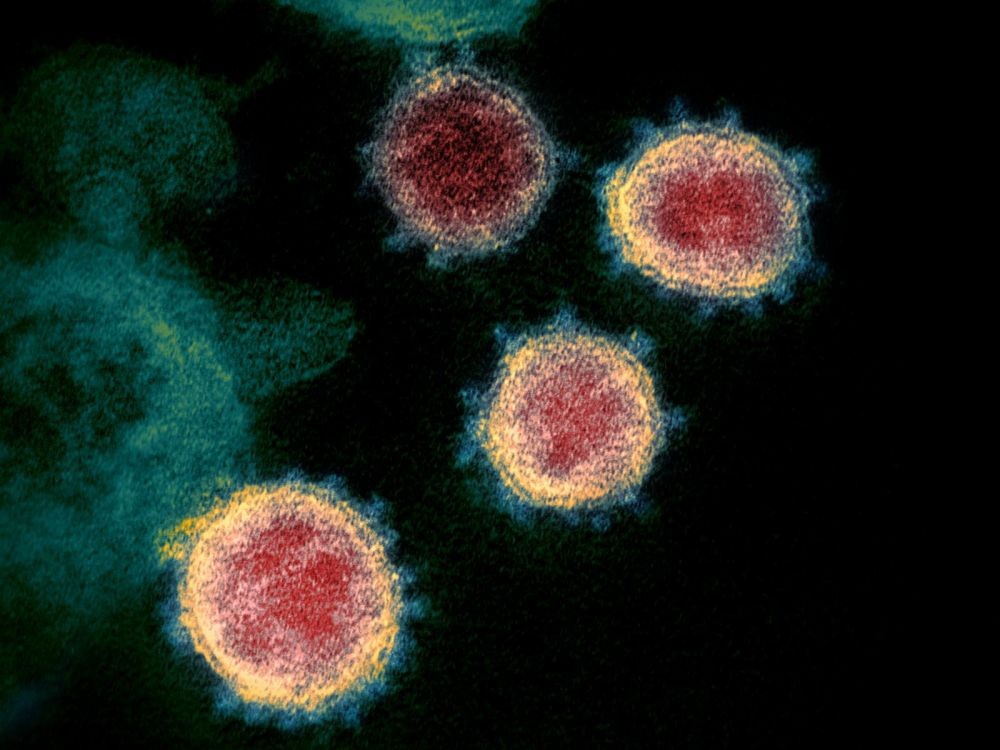Serological tests that detect the presence of antibodies in the blood are used to assess immunity. However, these are not perfect so that some cases go unnoticed. In other words, it seems that the number of people affected by the coronavirus is higher than the estimates suggest.
The herd immunity rate is a threshold above which an infected person cannot transmit the virus. Indeed, the latter encounters too many immune subjects. However, this rate is between 60% and 70% according to the World Health Organization (WHO). Although this threshold is controversial, it seems that we are still very far from it. An opinion from the Covid-19 Scientific Council published on July 27, 2020 explains that the first wave of coronavirus affected 4.4% of the population French. In some regions, this rate is close to 10%. You should know that the immunity rate is calculated on the basis of serological tests. However, this method would not be reliable according to an editorial published in the British Medical Journal (BMJ) on September 3, 2020. According to the publication, the studies underestimate the true seroprevalence of SARS-CoV-2.
In the United States, the Food and Drugs Administration (FDA) has authorized 24 serological tests. However, six of them take into account only the nucleocapsid , i.e. the envelope of the virus. It should be noted that a preprint from June 2020 estimates that the "spike" glycoprotein allows for more efficient detection. Currently, therefore, these spikes circulating in the blood and testifying to contact with the coronavirus would not be detected.

Serology testing faces another problem. Indeed, most of them only detect IgG and IgM type antibodies. These are the main components circulating in the blood. On the other hand, IgA would play a key role in the immune response. Unfortunately, these IgAs are mainly present in the mucous membranes of the respiratory tract and are not taken into account. In any case, several studies seem to point in this direction. For example, a test conducted in Luxembourg in May 2020 estimated that 11% of the people in the sample had IgA antibodies against 1.9% for IgG.
Furthermore, you should know that significant variations in the immune response exist depending on the individual. Indeed, some patients with symptoms, or even a severe form of the disease, develop very few antibodies. A British study published in June 2020 estimated that between 2% and 8.5% of infected patients never develop antibodies. Nevertheless, it could be that these people are protected by a form of immunity based on T cells. There is also talk of cross-immunity with other cold coronaviruses.
Ultimately, the number of people already infected with Sars-Cov-2 could be higher than estimated.